When Did Pontiac Stop Making Cars is a question many automotive enthusiasts ponder. In this detailed exploration from CARS.EDU.VN, we delve into the history of Pontiac, its eventual demise, and the factors that contributed to the end of its production. Discover the intricate details and timeline of this iconic American brand’s journey.
1. The Rise and Fall of Pontiac: An American Icon
Pontiac, a division of General Motors (GM), held a prominent place in American automotive history. Known for its sporty designs and powerful engines, Pontiac carved a niche for itself among car enthusiasts. However, like many other brands, Pontiac faced its share of challenges, leading to its ultimate discontinuation.
1.1. Early Years and Brand Identity
Founded in 1926 as a companion marque to Oakland, Pontiac quickly gained popularity for offering stylish and affordable vehicles. Its early models were known for their dependability and value, attracting a broad customer base. Over the years, Pontiac evolved into a brand synonymous with performance and innovation.
Key milestones in Pontiac’s early history include:
- 1926: Introduction of the first Pontiac model.
- 1930s: Establishment of Pontiac as a standalone brand after Oakland was discontinued.
- 1950s: Focus on performance and design, leading to iconic models like the Pontiac Chieftain.
1.2. Golden Era: Muscle Cars and Performance
The 1960s and 1970s marked Pontiac’s golden era, with the introduction of legendary muscle cars like the GTO, Firebird, and Trans Am. These models became cultural icons, celebrated for their powerful engines, aggressive styling, and thrilling performance.
Notable models from this era include:
- Pontiac GTO: Often credited as the first true muscle car, the GTO set the standard for performance and style.
- Pontiac Firebird: Known for its sleek design and powerful engine options, the Firebird became a symbol of American muscle.
- Pontiac Trans Am: Popularized by movies like “Smokey and the Bandit,” the Trans Am represented the pinnacle of Pontiac’s performance capabilities.
1.3. Challenges and Decline
Despite its success, Pontiac faced numerous challenges in the late 20th and early 21st centuries. Factors such as increasing competition, changing consumer preferences, and economic downturns contributed to the brand’s decline.
Key challenges included:
- Increased Competition: Competition from foreign automakers offering fuel-efficient and reliable vehicles.
- Changing Consumer Preferences: Shift in consumer demand towards smaller, more economical cars.
- Economic Downturns: Economic recessions impacting consumer spending and automotive sales.
1.4. The Final Years
In the wake of the 2008 financial crisis, General Motors underwent a major restructuring. As part of this process, GM announced the discontinuation of the Pontiac brand in 2009. The last Pontiac vehicles were produced in 2010, marking the end of an era for this iconic American automaker.
Final Pontiac models included:
- Pontiac G6: A mid-size sedan offering a blend of style and performance.
- Pontiac G8: A full-size sedan known for its powerful V8 engine and sporty handling.
- Pontiac Vibe: A compact wagon offering versatility and fuel efficiency.
2. When Did Pontiac Officially Stop Production? The Definitive Date
Pontiac officially stopped production in 2010. General Motors announced the decision to discontinue the Pontiac brand in 2009 as part of its restructuring efforts following the 2008 financial crisis. The last Pontiac vehicles rolled off the assembly line in late 2009, with the 2010 model year marking the final year of production.
2.1. The Announcement and Its Impact
The announcement of Pontiac’s discontinuation sent shockwaves through the automotive world. Car enthusiasts and loyal Pontiac owners mourned the loss of a brand that had been a symbol of American performance and style for over eight decades.
Impacts of the announcement included:
- Emotional Response: Strong emotional reactions from Pontiac enthusiasts and collectors.
- Market Adjustments: Changes in the used car market for Pontiac vehicles.
- Brand Legacy: Reflections on Pontiac’s contributions to automotive history.
2.2. Last Models Produced
The final Pontiac models produced included the G6, G8, and Vibe. These vehicles represented the culmination of Pontiac’s design and engineering efforts in its final years.
Details of the last models:
| Model | Description | Key Features |
|---|---|---|
| Pontiac G6 | Mid-size sedan offering a balance of style, performance, and comfort. | Available V6 engine, sporty handling, and modern interior design. |
| Pontiac G8 | Full-size sedan with a powerful V8 engine and sporty driving dynamics. | V8 engine options, rear-wheel drive, and spacious interior. |
| Pontiac Vibe | Compact wagon providing versatility, fuel efficiency, and practicality. | Fuel-efficient engine, ample cargo space, and available all-wheel drive. |
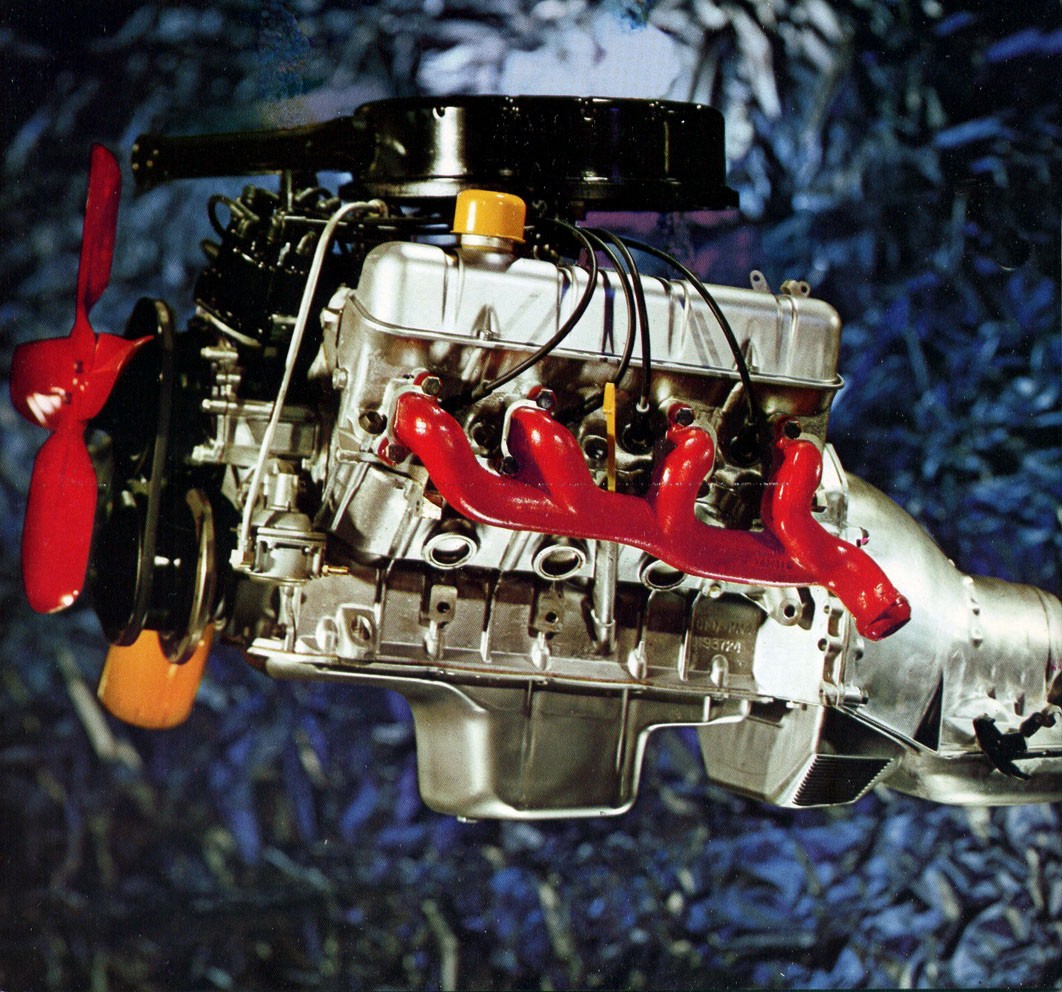
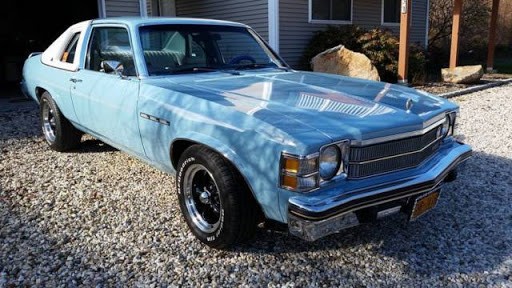
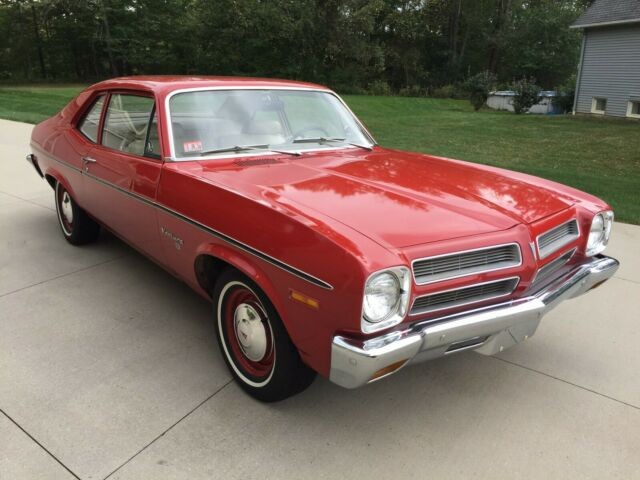
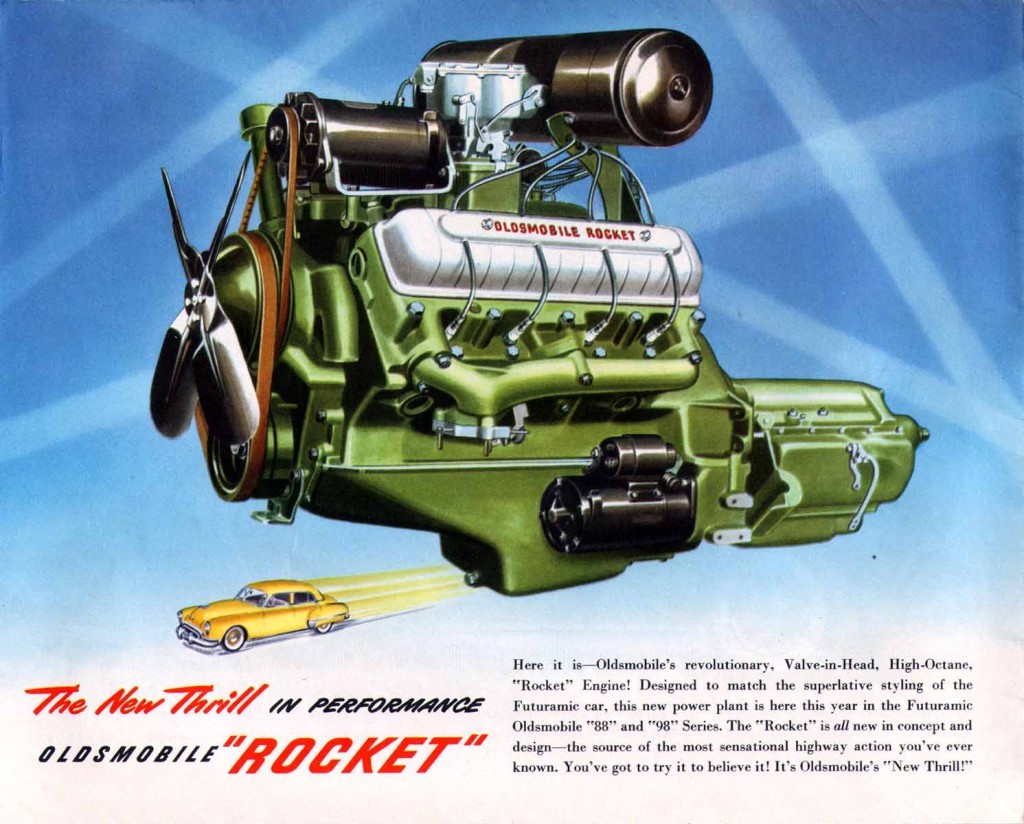
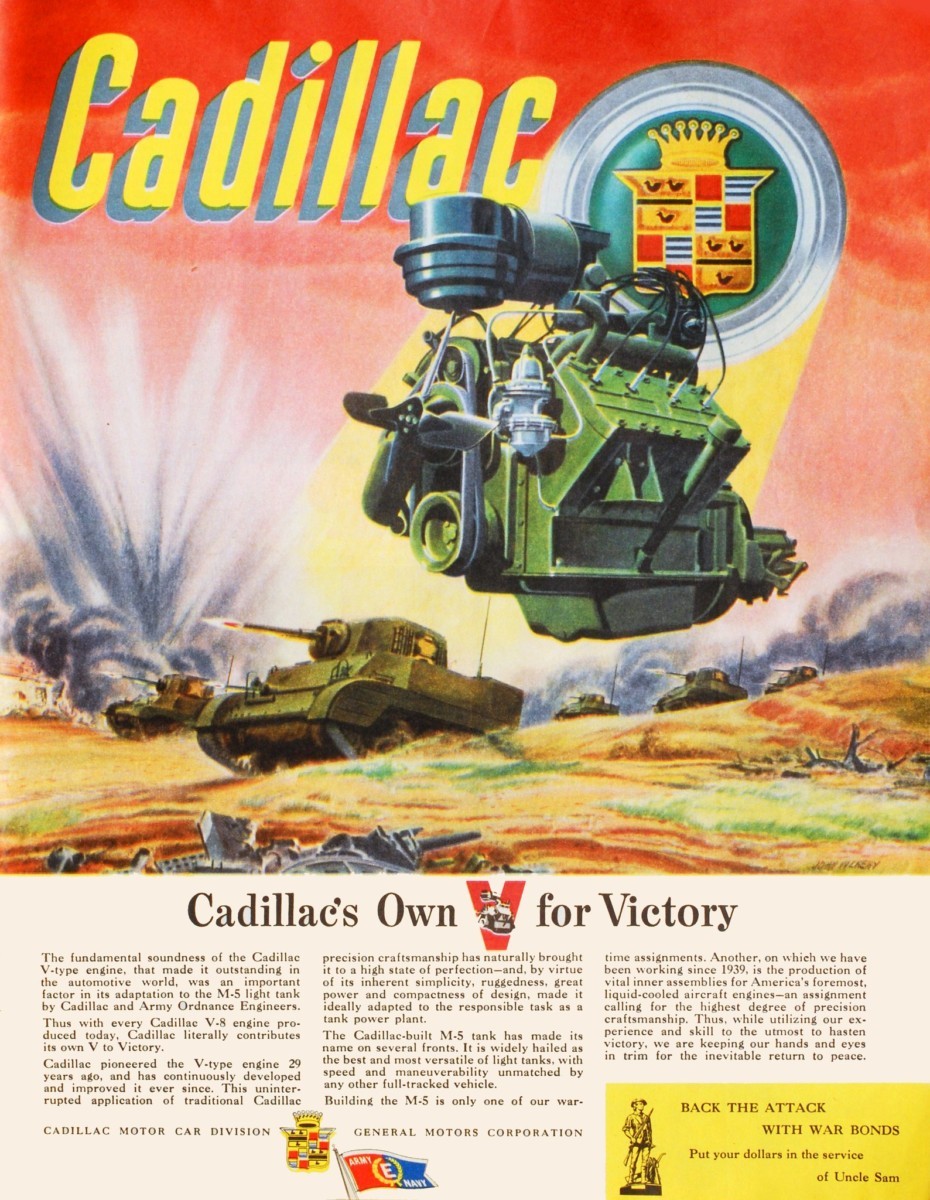
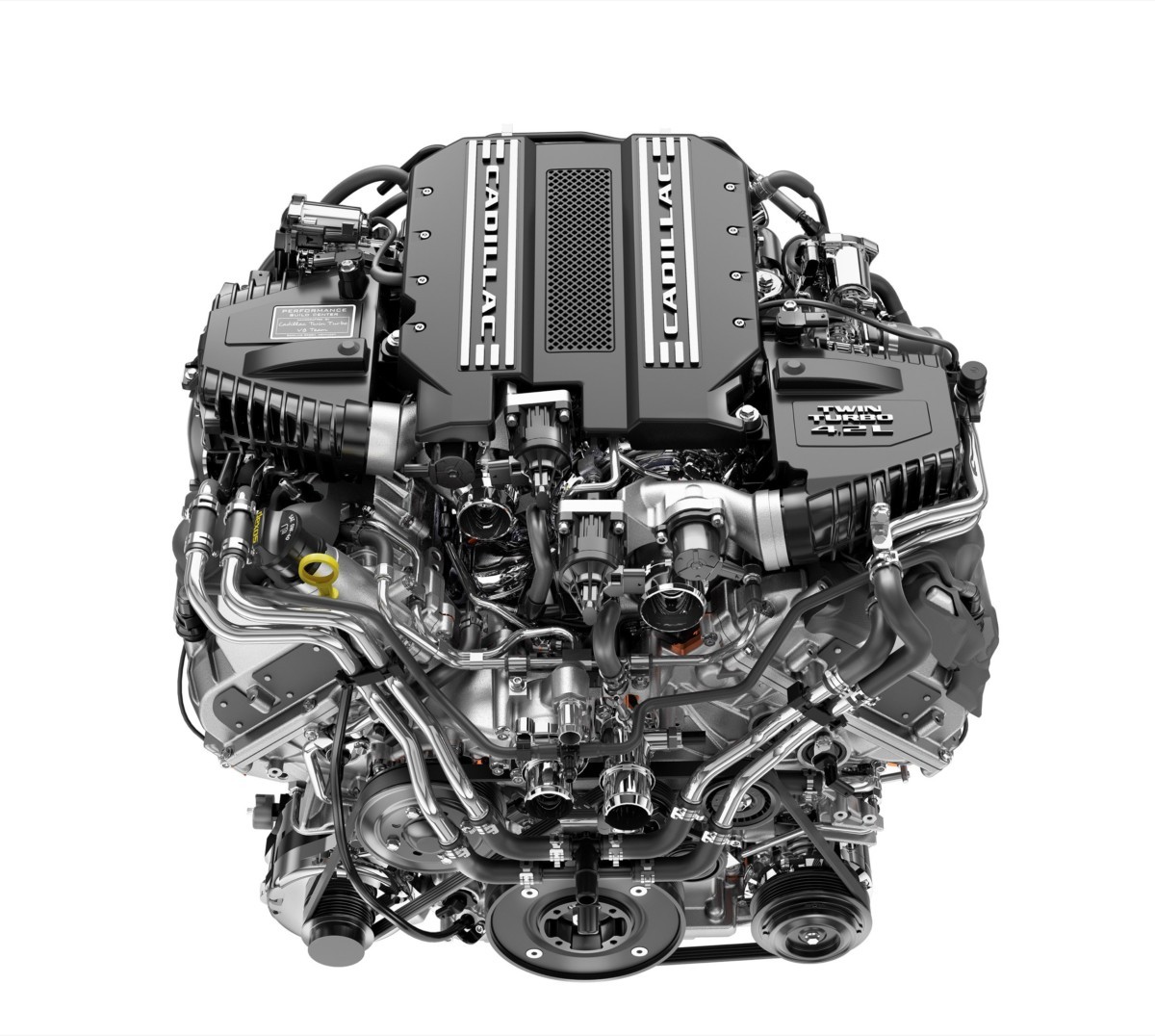

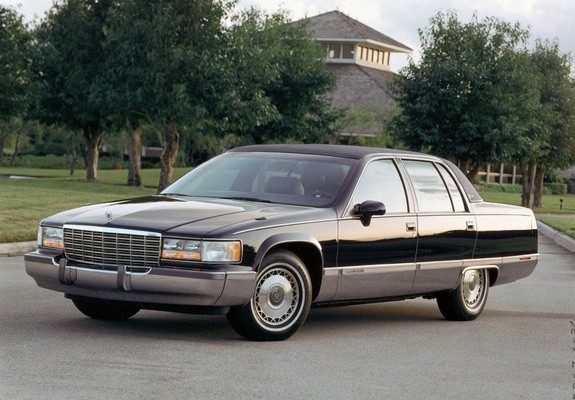
3. Reasons Behind Pontiac’s Demise: A Multifaceted Analysis
Pontiac’s demise was the result of a complex interplay of factors, including financial struggles, brand overlap, and strategic decisions made by General Motors. Understanding these factors provides insight into why Pontiac, once a thriving brand, was ultimately discontinued.
3.1. Financial Struggles within GM
General Motors faced significant financial challenges in the late 2000s, culminating in a government bailout and a major restructuring. As part of this process, GM had to make difficult decisions about which brands to invest in and which to discontinue.
Financial pressures included:
- Economic Recession: The 2008 financial crisis significantly impacted automotive sales.
- Restructuring Costs: GM incurred substantial costs related to restructuring and plant closures.
- Brand Portfolio Optimization: GM sought to streamline its brand portfolio to focus on core brands.
3.2. Brand Overlap and Competition
Within the GM brand portfolio, Pontiac faced increasing overlap with other divisions, particularly Chevrolet and Buick. This internal competition diluted Pontiac’s brand identity and made it difficult to differentiate its products in the market.
Issues related to brand overlap:
- Product Similarity: Overlapping product lines with Chevrolet and Buick.
- Marketing Challenges: Difficulty in defining a unique brand identity for Pontiac.
- Resource Allocation: Competition for resources and investment within GM.
3.3. Strategic Decisions by General Motors
Strategic decisions made by GM, such as shifting focus to other brands and reducing investment in Pontiac, played a significant role in the brand’s demise. These decisions reflected a broader trend within the automotive industry towards consolidation and efficiency.
Strategic decisions included:
- Investment Priorities: Shifting investment towards brands with higher growth potential.
- Product Planning: Reducing the number of new Pontiac models in development.
- Marketing Support: Decreasing marketing support for the Pontiac brand.
4. The Legacy of Pontiac: Remembering the Classics
Despite its discontinuation, Pontiac’s legacy lives on through its iconic models and contributions to automotive history. From the GTO to the Trans Am, Pontiac vehicles continue to be cherished by enthusiasts and collectors around the world.
4.1. Iconic Models and Their Impact
Pontiac produced a number of iconic models that left a lasting impact on the automotive industry. These vehicles are remembered for their innovative designs, powerful engines, and thrilling performance.
Notable models and their impact:
| Model | Description | Lasting Impact |
|---|---|---|
| Pontiac GTO | Considered the first true muscle car, setting the standard for performance. | Revolutionized the American automotive market and inspired countless imitators. |
| Pontiac Firebird | Sleek and stylish sports car with a range of powerful engine options. | Became a cultural icon, featured in movies and television shows. |
| Pontiac Trans Am | High-performance version of the Firebird, known for its aggressive styling. | Symbolized American muscle and performance, especially in the late 1970s. |
4.2. Pontiac in Popular Culture
Pontiac vehicles have appeared in numerous movies, television shows, and music videos, further solidifying their place in popular culture. These appearances have helped to preserve Pontiac’s legacy and introduce the brand to new generations of enthusiasts.
Examples of Pontiac in popular culture:
- “Smokey and the Bandit”: The Pontiac Trans Am became an instant icon after its appearance in this classic film.
- “Knight Rider”: The Pontiac Firebird Trans Am was the star of this popular television series.
- Music Videos: Pontiac vehicles have been featured in numerous music videos, often symbolizing speed, style, and rebellion.
4.3. The Pontiac Enthusiast Community
Despite the brand’s discontinuation, a vibrant community of Pontiac enthusiasts continues to thrive. These enthusiasts organize car shows, restore classic Pontiac vehicles, and share their passion for the brand online.
Activities within the Pontiac enthusiast community:
- Car Shows: Organized events showcasing classic and modern Pontiac vehicles.
- Restoration Projects: Efforts to preserve and restore classic Pontiac models.
- Online Forums: Online communities where enthusiasts share information, tips, and stories about Pontiac vehicles.
5. GM’s V8 Engine Sharing: A Historical Perspective
General Motors’ decision to share V8 engines among its various divisions marked a significant shift in the company’s engineering and manufacturing strategy. This move had both positive and negative consequences, ultimately contributing to the changing landscape of the automotive industry.
5.1. Early Examples of Engine Sharing
The practice of engine sharing within GM dates back to the early 1960s, when Buick began sharing its aluminum 215 cu. in. V8 engine with other divisions like Oldsmobile and Pontiac. This early experiment in engine sharing was driven by a desire to reduce costs and improve efficiency.
Early engine sharing examples:
- Buick 215 V8: Shared with Oldsmobile and Pontiac in the early 1960s.
- Chevrolet 307 V8: Used in the Pontiac Ventura in 1971.
5.2. The 1977 Oldsmobile-Chevrolet Engine Scandal
In 1977, GM faced a public relations crisis when it was revealed that Oldsmobile was using Chevrolet 350 V8 engines in some of its Delta 88 models. This revelation led to accusations of deception and a decline in customer trust.
Key aspects of the scandal:
- Engine Swapping: Oldsmobile using Chevrolet engines without informing customers.
- Public Outcry: Negative reactions from consumers and the media.
- Legal Repercussions: Lawsuits and investigations into GM’s practices.
5.3. Increased Engine Sharing and Its Consequences
Following the 1977 scandal, GM increased its efforts to standardize engine production and share engines across its various divisions. While this strategy helped to reduce costs and improve efficiency, it also led to a decline in brand distinctiveness and a loss of engineering innovation.
Consequences of increased engine sharing:
- Cost Savings: Reduced manufacturing costs through standardization.
- Brand Dilution: Loss of distinct brand identities due to shared components.
- Engineering Stagnation: Reduced investment in unique engine designs.
6. The Last Buick, Pontiac, Oldsmobile, Cadillac, and Chevrolet V8 Engines: A Detailed Timeline
To fully understand when Pontiac stopped making cars, it’s essential to examine the timeline of when each GM division ceased production of its unique V8 engines. This historical perspective provides valuable context for the events leading to Pontiac’s discontinuation.
6.1. Buick’s Last V8 Engine
Buick was the first GM division to stop making its own V8 engines, with the last Buick V8 engines produced in 1980. After this date, all V8 engines used in Buick vehicles were sourced from other GM divisions.
- Year: 1980
- Models: LeSabre, Electra, Estate Wagon
- Reason: Cost-cutting measures and increased engine sharing within GM
6.2. Pontiac’s Last V8 Engine
Pontiac followed Buick in ceasing production of its own V8 engines, with the last Pontiac V8 engines built in 1981. Like Buick, Pontiac then relied on V8 engines sourced from other GM divisions.
- Year: 1981
- Engine: Pontiac 301 cu. in. V8 and 265 cu. in. V8
- Reason: Financial pressures and strategic decisions by GM
6.3. Oldsmobile’s Last V8 Engine
Oldsmobile continued to produce its own V8 engines for a longer period than Buick and Pontiac, with the last Oldsmobile V8 engines built in 1990. This marked the end of an era for Oldsmobile’s engineering prowess.
- Year: 1990
- Engine: 307 cu. in. V8
- Reason: Restructuring efforts within GM
6.4. Cadillac’s Last V8 Engine
Cadillac briefly stopped the V8 engine production and then surprised enthusiasts with a unique engine. Cadillac’s last exclusive engine was the 4.2 liter Twin-Turbo “Blackwing” engine, used for only one model year in the 2019 CT6-V.
- Year: 2019
- Engine: 4.2 liter Twin-Turbo “Blackwing” engine
- Reason: High cost and short-lived production run
6.5. Chevrolet’s V8 Engine
Chevrolet is the Type O-Negative (universal donor) of GM, its V8 engines having been used by every car and truck division. The automobile-only Gen II would last appear in the 1997 Camaro and Firebird, while the predecessor Gen I would continue to be used in various truck applications until 2005.
- Year: 2005
- Engine: Gen I V8
- Reason: Design updates.
7. Alternatives to Pontiac: Exploring Other Options
For car enthusiasts who miss the Pontiac brand, there are several alternative options to consider. These include other GM brands, as well as vehicles from other manufacturers that offer similar performance and style.
7.1. Other GM Brands
Chevrolet and Buick offer a range of vehicles that provide a similar driving experience to Pontiac models. These brands offer a variety of sedans, coupes, and SUVs with sporty styling and powerful engines.
Alternative GM brands:
- Chevrolet: Offers performance-oriented models like the Camaro and Corvette.
- Buick: Provides a balance of luxury and performance with models like the Regal and Enclave.
7.2. Ford and Chrysler
Ford and Chrysler also offer compelling alternatives to Pontiac vehicles. These brands have a long history of producing powerful and stylish cars that appeal to performance enthusiasts.
Alternative brands from Ford and Chrysler:
- Ford: Offers models like the Mustang and Explorer ST with sporty performance.
- Chrysler: Provides vehicles like the Charger and Challenger with powerful engine options.
7.3. Foreign Brands
Several foreign brands offer vehicles that compete with Pontiac models in terms of performance and style. These brands often incorporate advanced technology and innovative designs to appeal to a wide range of drivers.
Alternative foreign brands:
- Toyota: Offers models like the Supra and GR86 with sporty handling and performance.
- Nissan: Provides vehicles like the Z with sleek styling and powerful engines.
8. Caring for Your Pontiac Today: Tips and Advice
For owners of classic and modern Pontiac vehicles, proper maintenance and care are essential to preserving their value and ensuring their longevity. Here are some tips and advice for caring for your Pontiac today.
8.1. Regular Maintenance
Regular maintenance is crucial for keeping your Pontiac in top condition. This includes oil changes, fluid checks, and inspections of critical components.
Key maintenance tasks:
- Oil Changes: Regular oil changes to keep the engine running smoothly.
- Fluid Checks: Checking and topping off fluids like coolant, brake fluid, and power steering fluid.
- Inspections: Regular inspections of brakes, tires, and suspension components.
8.2. Finding Parts and Service
Finding parts and service for Pontiac vehicles can be challenging, but there are several resources available to owners. These include online retailers, specialty shops, and local mechanics with experience working on Pontiacs.
Resources for parts and service:
- Online Retailers: Websites like eBay and Amazon offer a wide range of parts for Pontiac vehicles.
- Specialty Shops: Shops specializing in classic and performance vehicles often have expertise in Pontiac models.
- Local Mechanics: Finding a trusted mechanic with experience working on Pontiacs is essential for proper maintenance and repairs.
8.3. Preserving Value
Preserving the value of your Pontiac requires careful attention to detail. This includes keeping the vehicle clean, protecting it from the elements, and maintaining its original condition as much as possible.
Tips for preserving value:
- Keep It Clean: Regularly wash and wax the vehicle to protect the paint and prevent rust.
- Protect from Elements: Store the vehicle in a garage or under a cover to protect it from sun, rain, and snow.
- Maintain Original Condition: Avoid modifications that could detract from the vehicle’s value.
9. The Future of Automotive Brands: Lessons from Pontiac
Pontiac’s demise offers valuable lessons for the future of automotive brands. By understanding the factors that contributed to Pontiac’s discontinuation, automakers can make better decisions about product planning, marketing, and brand management.
9.1. Importance of Brand Identity
Maintaining a strong and distinct brand identity is crucial for success in the competitive automotive market. Brands that fail to differentiate themselves from their competitors risk becoming irrelevant to consumers.
Lessons for brand identity:
- Unique Value Proposition: Clearly define what makes your brand unique and valuable.
- Consistent Messaging: Communicate your brand’s identity consistently across all channels.
- Targeted Marketing: Focus your marketing efforts on reaching your target audience.
9.2. Adapting to Changing Consumer Preferences
Automakers must be able to adapt to changing consumer preferences in order to remain competitive. This includes investing in new technologies, developing fuel-efficient vehicles, and responding to emerging trends in the market.
Lessons for adapting to change:
- Stay Informed: Keep abreast of the latest trends and developments in the automotive industry.
- Invest in Innovation: Continuously invest in research and development to stay ahead of the curve.
- Be Flexible: Be prepared to adapt your product lineup and marketing strategies as needed.
9.3. Strategic Decision-Making
Strategic decision-making is essential for long-term success in the automotive industry. Automakers must make informed decisions about product planning, investment priorities, and brand management in order to maximize their chances of success.
Lessons for strategic decision-making:
- Data-Driven Decisions: Base your decisions on data and analysis, rather than intuition.
- Long-Term Planning: Develop a long-term strategic plan that outlines your goals and objectives.
- Risk Management: Identify and mitigate potential risks to your business.
10. FAQs About Pontiac’s Discontinuation
Here are some frequently asked questions about Pontiac’s discontinuation, providing quick answers to common inquiries.
10.1. When did Pontiac officially stop making cars?
Pontiac officially stopped production in 2010.
10.2. Why did GM discontinue the Pontiac brand?
GM discontinued the Pontiac brand as part of its restructuring efforts following the 2008 financial crisis. Factors included financial struggles, brand overlap, and strategic decisions to focus on core brands.
10.3. What were the last Pontiac models produced?
The last Pontiac models produced were the G6, G8, and Vibe.
10.4. Are Pontiac vehicles still valuable?
Yes, many classic and modern Pontiac vehicles are still valuable, particularly those in good condition with low mileage.
10.5. Can I still find parts and service for my Pontiac?
Yes, parts and service are still available for Pontiac vehicles through online retailers, specialty shops, and local mechanics.
10.6. What are some alternatives to Pontiac vehicles?
Alternatives to Pontiac vehicles include other GM brands like Chevrolet and Buick, as well as models from Ford, Chrysler, Toyota, and Nissan.
10.7. How can I preserve the value of my Pontiac?
Preserve the value of your Pontiac by performing regular maintenance, keeping it clean, protecting it from the elements, and maintaining its original condition.
10.8. What is the Pontiac enthusiast community like?
The Pontiac enthusiast community is vibrant and active, with car shows, restoration projects, and online forums where enthusiasts share their passion for the brand.
10.9. What lessons can be learned from Pontiac’s demise?
Lessons from Pontiac’s demise include the importance of brand identity, adapting to changing consumer preferences, and strategic decision-making.
10.10. Where can I find more information about Pontiac vehicles?
You can find more information about Pontiac vehicles on websites like CARS.EDU.VN, which offers detailed articles, reviews, and resources for car enthusiasts.
Conclusion: Remembering Pontiac and Looking Ahead
Pontiac’s discontinuation marked the end of an era for American automotive history. While the brand may be gone, its legacy lives on through its iconic models and contributions to the industry. By understanding the factors that led to Pontiac’s demise, we can gain valuable insights into the future of automotive brands and the importance of innovation, adaptation, and strategic decision-making. At CARS.EDU.VN, we are dedicated to providing you with comprehensive information and resources to help you navigate the ever-evolving automotive landscape. Whether you’re looking for expert advice on car maintenance, detailed reviews of the latest models, or guidance on preserving the value of your vehicle, CARS.EDU.VN is your trusted source for all things automotive. Visit CARS.EDU.VN today to explore our extensive library of articles and discover the insights you need to make informed decisions about your automotive needs. For more information, contact us at 456 Auto Drive, Anytown, CA 90210, United States, or reach us on WhatsApp at +1 555-123-4567. Explore the world of automotive excellence with cars.edu.vn.
